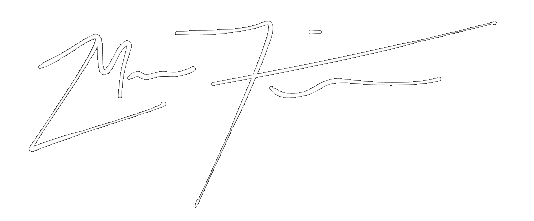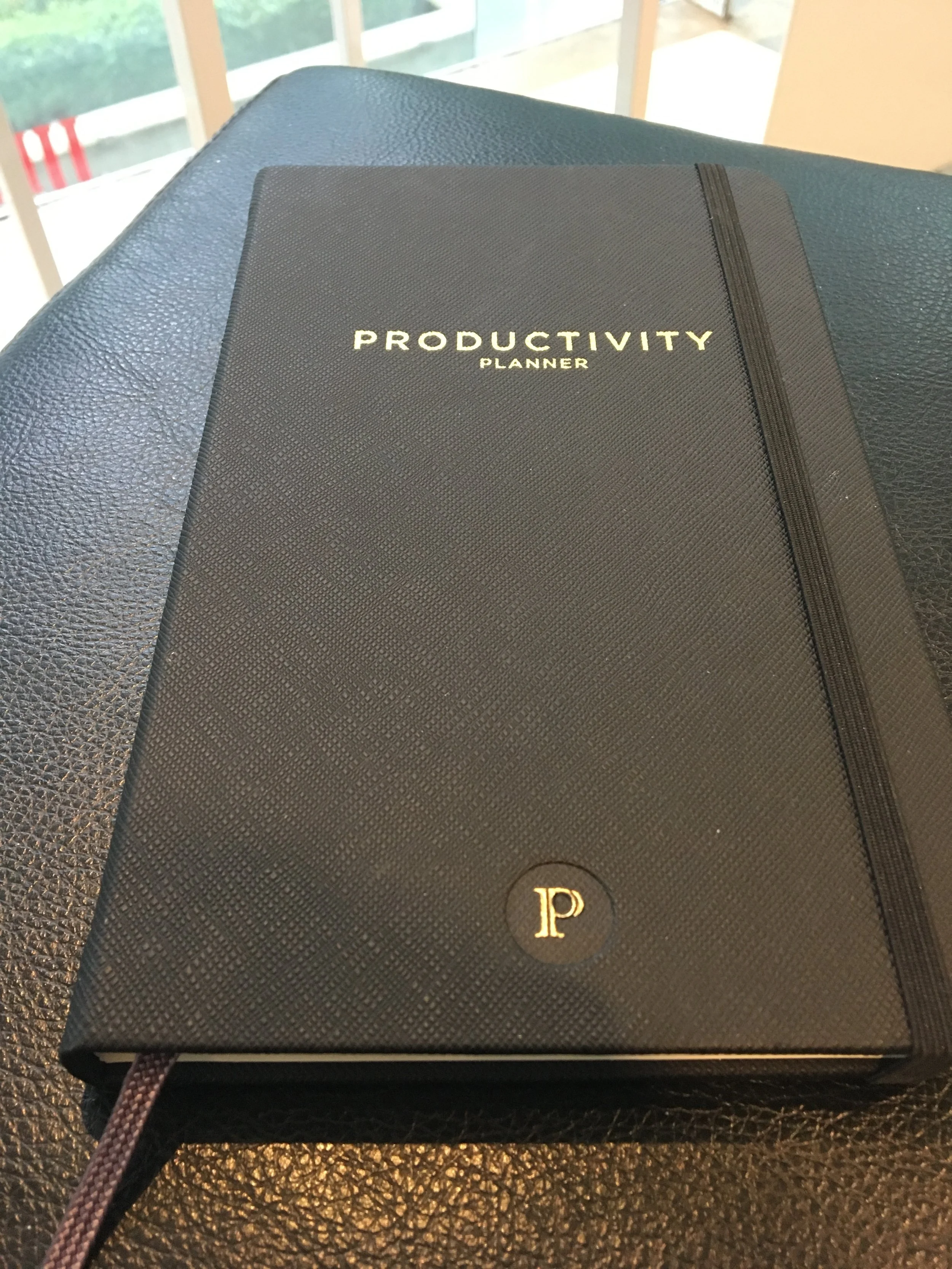““What you do is more important than how you do it and doing something well does not make it important””
There is always so much we want to do. Sometimes, looking for the non-obvious solution helps: How could doing less with more focus allow for increased output? If you are headed in too many directions, you won't end up with much progress in any. Attention and focus are the key ingredients to manage. You also need to decide.. what are you going to apply these two precious and limited resources towards? Where are your efforts going to be most effective, where will they generate the highest return?
Measuring effectiveness starts by asking yourself a few key questions. Where would my work be most impactful today? What do I need to accomplish in order to get closer to where I'm trying to go? Where am I trying to go? How do I ensure that the right things are getting done consistently? Having an intimate sense of what you’re working on helps to keep yourself accountable. Lacking clarity on direction, you may notice a vague sense of dissatisfaction. Ask yourself better questions, get clear about what it is you are working towards. This is not necessarily an easy process, but it is incredibly valuable. Define what you aim to accomplish, or risk letting others define it for you.
A friend recently gifted me with a simple tool that has become part of my daily and weekly routine. I've been experimenting with the "Productivity Planner" by the team at Intelligent Change. It's based on prioritization, coming up with a limited list of items to focus on moving forward each week. These are spread out into 5 things to accomplish each day, completing the most important tasks first before moving on. The items are broken down into 25 minute work increments, each containing space for 5 'work units'. This is based on the Pomodoro technique, a method of time management that separates work into intervals, with 5 minute breaks spaced in between. The idea is to have those 25 minutes be extremely focused on a singular task until completion. Using focused increments with a brief break allows you to pause and consider what you are actually working on, re-focusing if necessary.
This becomes a simplified way to add structure to your activity. Spending the time to clearly define your intentions is an important first step towards action. When planning, you estimate the amount of work units a task will take, and then while reviewing at the end of the day note the amount of work units you actually spent on a task. More than the tactical detail, there is also something about writing things down on paper, making them tangible. It has made me much more focused, intentional with my action. Properly defining the intended outcome is half the battle. Then, you can adjust and ask: how could I improve this next week? Was this defined properly? You become an active participant in your progress, and can look back to see your trajectory. Trends and patterns emerge as you observe the rhythms of your work day, and Then you can optimize for when you are most productive. If you’re like me, you might have taken a heads down approach in the past, trying to solve problems through pure hard work alone. But a little intelligent planning gets you so much further ahead. We all have the same 24 hours, and having a process like this allows you to go on offense, rather than constantly fielding things that come your way throughout the day. Put another way, if you don't decide your priorities, they will be decided for you.
The big takeaway is to separate planning from taking action. It's useless to try to plan in the middle of taking action, wasting your energy and efforts wondering what to do. The ideal way to do this is to take some time at the end of the workday and decide what needs to get done tomorrow. Alternatively, you can sit down at the beginning of the day and map it out. Don't arrive at your desk or workplace wondering what to work on. You should know in advance. Just taking the time to think about it forces you to be clear. It’s easy to vaguely intend to get things done. It’s another to make a plan to do so, to consciously dedicate time and attention. It’s a forcing function, an accountability tool. Did you complete todays tasks? Making the answer a binary yes or no is a way to be honest with yourself.
The need to add systems and structure, especially to repeatable processes, seems to be an over-arching theme in my life as I grow. I always ask: am I likely to do this again in the future? If so, how could it be improved? How could it be simplified? Is there a better way to approach this? How have others successfully solved this? It's about continuous improvement. Moving things forward. Being effective takes practice, and there will be plenty of failures. The key thing is to make note of these, and make consistent progress in the right direction. It’s some of the most important work I feel you will ever do.
““I think it’s very important to have a feedback loop, where you’re constantly thinking about what you’ve done and how you could be doing it better. I think that’s the single best piece of advice: constantly think about how you could be doing things better and questioning yourself.””
When I first put this form of planning into use, I felt a mix of anticipation and anxiety. Now it was up to me to put some definition around what I intend to accomplish, to hold myself accountable. Committing to this seemed intimidating initially as writing things down makes them real, concrete. You realize that you are responsible for your success. There are a million things that will compete for your attention, and it’s up to you to plan ahead and defend your priorities.
Where I struggled was putting proper definition around what exactly to work on. How do you break something general like "business development" down into 25 minute increments? Getting extremely clear is the biggest value from this exercise. Vague tasks are not acceptable. It forces you to focus, to define exactly what you are working on. The clarifying question is: What is the one thing that, if accomplished, would make the day successful?
Each increment of time is so valuable, and having the clock running adds a sense of urgency to your action. It also provides multiple checkpoints throughout the day.. am I really moving things forward? Or do I need to pause and re-focus? Based on the work you do, you may find that you want to adjust the suggested 25 minute intervals (I've found 33 minutes to be a sweet-spot). I use the simple Tomato-Timer.com tool to track my time throughout the day.
I use Sundays to plan out my week, taking an overview of the week ahead and deciding some of the bigger picture things I want to work on. Then I execute on that strategy throughout the week, checking in at the end of the day and giving myself a "productivity score": out of 10. One suggestion when reflecting on your day: you can’t answer with a 7. This forces you to choose a barely passing 6 or an outstanding 8. 7 is lukewarm, and might as well not even be an answer.
Too often, things get put off until "someday". We like think we can do everything, however limits and constraints can be extremely beneficial. A relevant story from Warren Buffett some advice he once gave to his personal pilot. The pilot had asked Buffett for some career planning pointers, and was told to write down his top 25 career goals, then to circle the top five. Buffett's advice was then to completely ignore and get rid of the remaining 20, because smaller goals can take away attention from the five main goals. For a constant reminder of the importance of focus, consider using The Death Clock, a Chrome extension for your browser. Every time you open a new tab, it displays the number of days, hours, and minutes left in your life, roughly calculated based on average lifespans. The line “Make them count!” appears underneath. Momentum is another great extension.
All of this to say, put constraints on your time and attention. Don't be a donkey (See Sivers.org for an explanation). Most people over-estimate what they can do in one year, and under-estimate what they can do in 10 years, and if you need a visual reminder of the limit to the number of weeks you have left, head to waitbutwhy. Make the most of them with some simple planning.

